My annual trip to the Adirondacks in upstate New York has become a cherished tradition. Currently, I am endeavoring to conquer the 46 High Peaks—a challenging quest given our home base in Michigan. Nonetheless, this ongoing mission affords us the chance to delve into the vastness of Adirondack State Park, which astoundingly exceeds the combined size of Yellowstone, Everglades, Glacier, and Grand Canyon National Parks. During this trip, we decided to indulge in a historical experience by spending a couple of nights at the iconic Great Camp Sagamore.
Nestled in Raquette Lake, Camp Sagamore is a prominent Great Camp complex. Designated as a National Historic Place in 1976, it is located on Sagamore Lake. The primary complex includes 27 buildings, encompassing the main lodge, dining hall, and guest cabins. This property once held the status of the Vanderbilt family’s summer retreat during the late 19th and early 20th centuries. Its creation was helmed by American architect William West Durant, who was instrumental in popularizing the “Adirondack style” of architecture.
Our two-night stay at Camp Sagamore offered an immensely rejuvenating respite. As guests, we enjoyed complimentary meals and an interesting two-hour tour that chronicled the compound’s history. Considering we were among a handful of guests on our initial night and the sole visitors on our subsequent night, we were privileged to enjoy unrestricted access to all the facilities. This experience left us profoundly grateful to the hospitable staff for such a welcoming and enjoyable visit.
Camp Sagamore presently functions as a non-profit educational institution, offering public tours and assorted programs centered around the history and natural splendor of the Adirondacks. While an overnight stay isn’t obligatory for a visit, all the camp’s initiatives aim to cultivate an appreciation for nature, while honoring the rich legacy of the site.
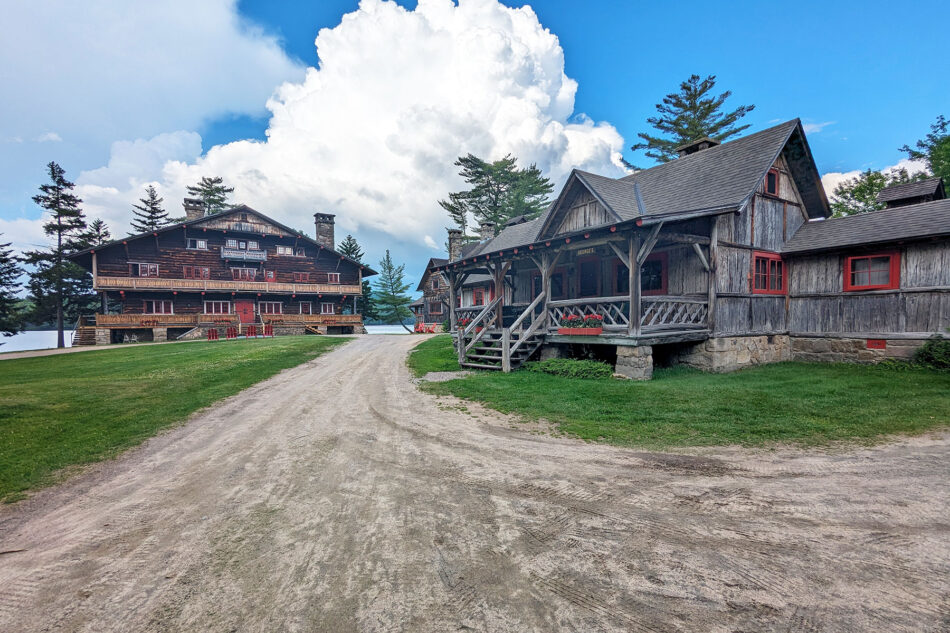

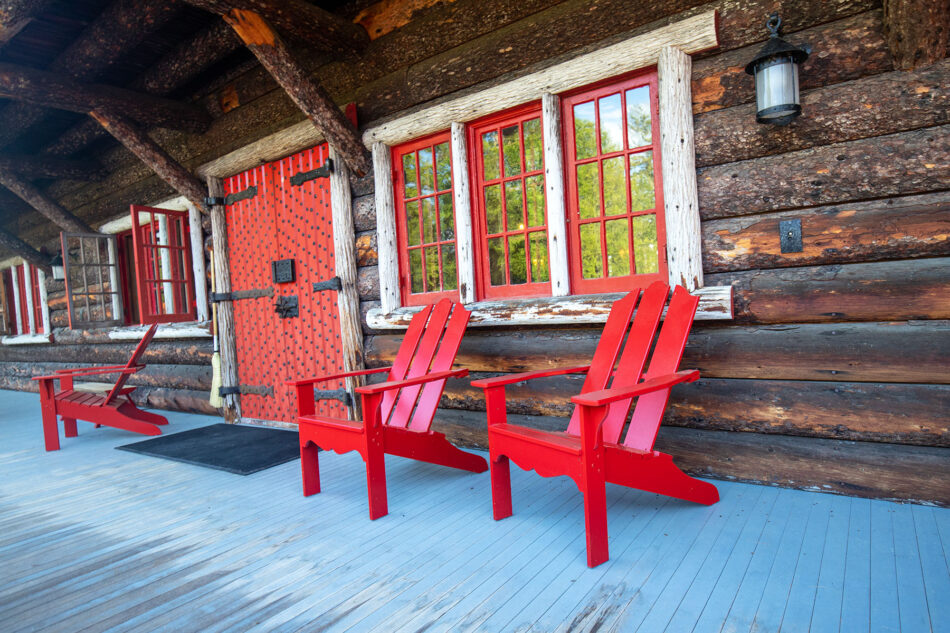
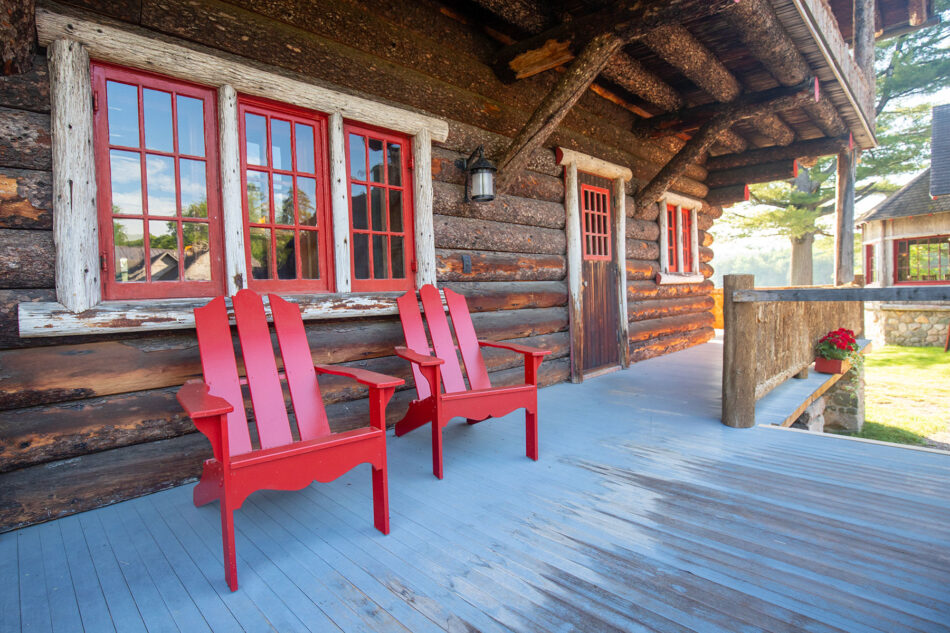
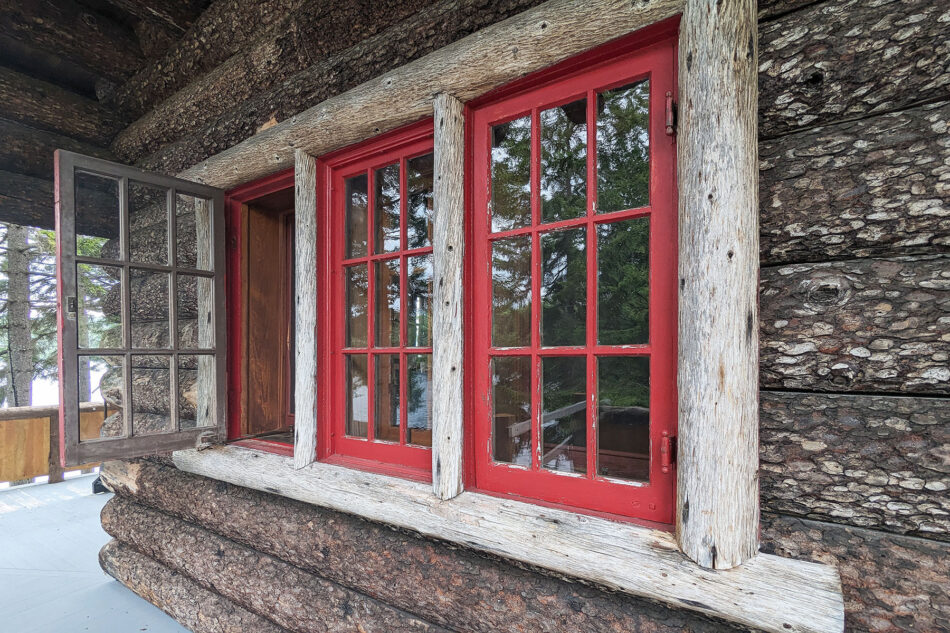
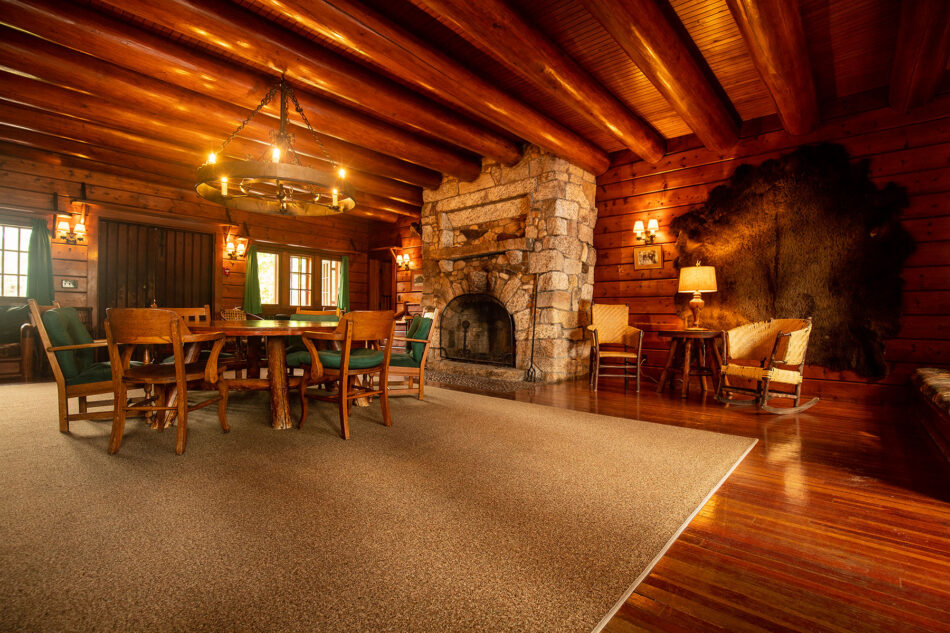
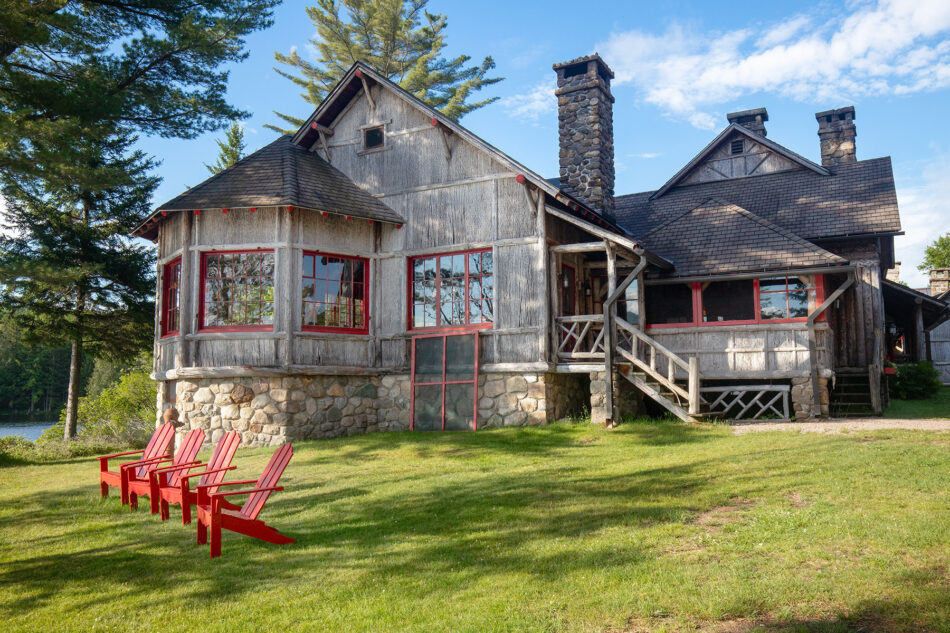

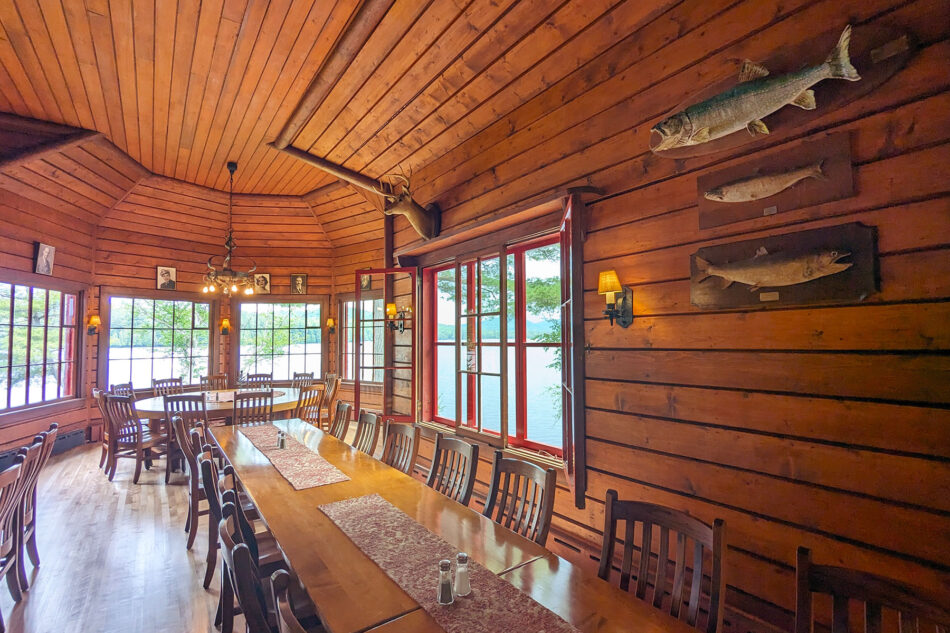





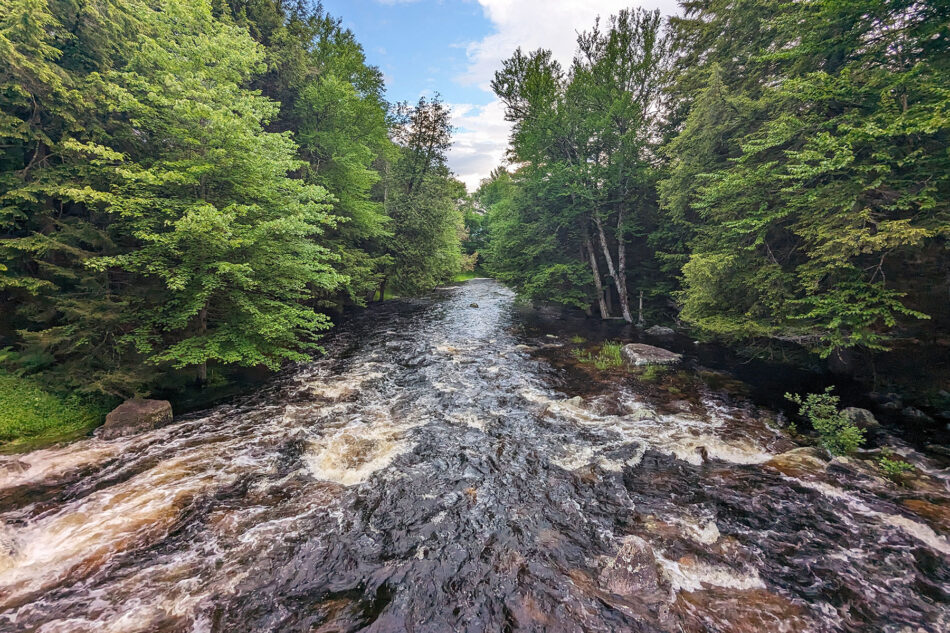


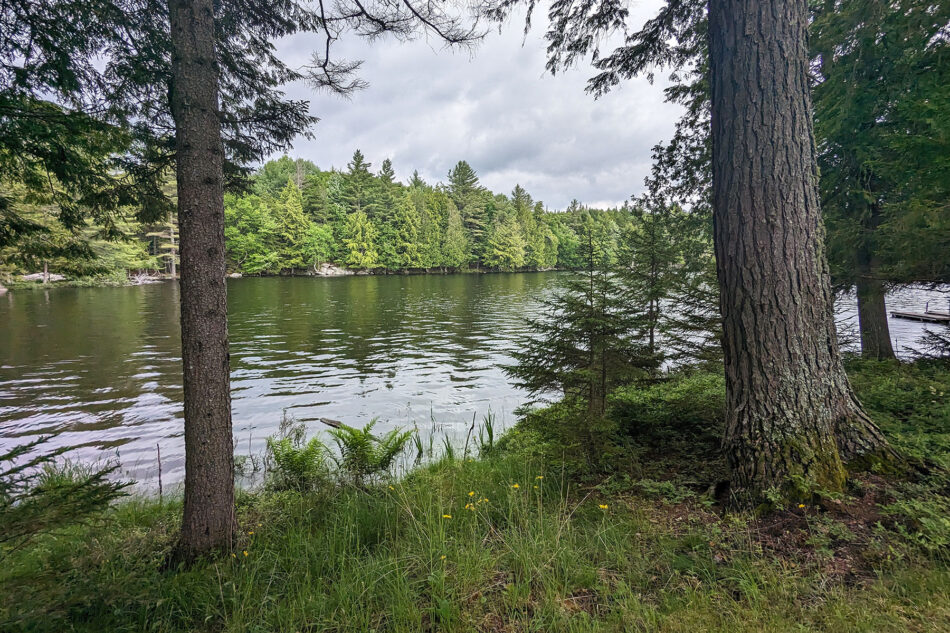
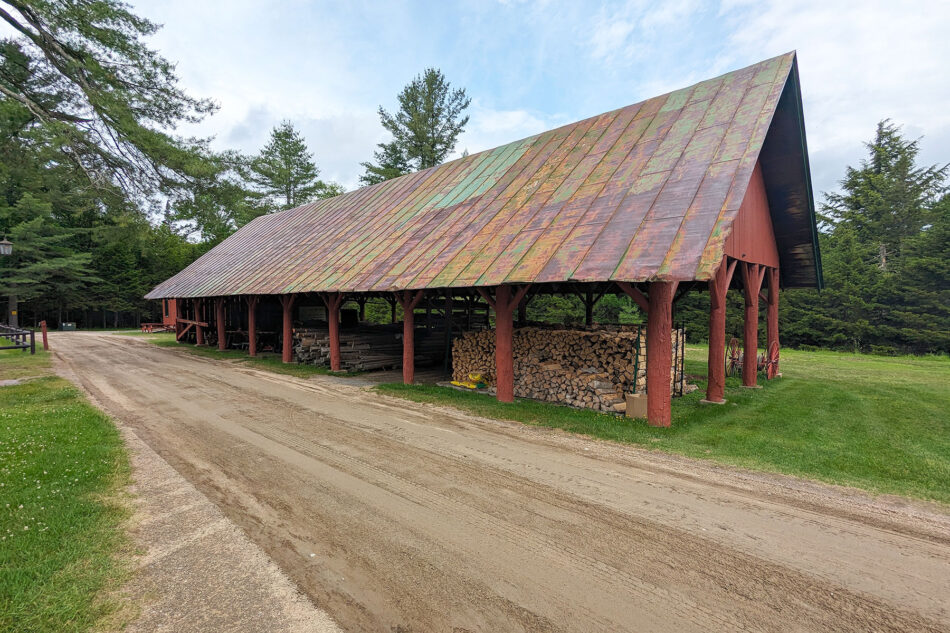

The Great Camps of the Adirondacks represent a unique architectural and cultural phenomenon in American history. Developed primarily in the late 19th and early 20th centuries, these vast, rustic estates combined a spirit of escapism and a love for nature with the wealth and grandeur of America’s Gilded Age elite.
The history of the Great Camps begins in the post-Civil War era, when industrialists, financiers, and other members of the burgeoning American upper class started seeking retreats from urbanization and industrialization. The wilderness of the Adirondacks, with its clear lakes, expansive forests, and serene mountain vistas, offered an ideal setting for these wealthy individuals and families to relax, recreate, and enjoy the pristine natural environment.
The earliest of these Adirondack camps were quite simple, essentially more sophisticated versions of the hunting and fishing camps used by sportsmen. However, as more affluent individuals discovered the region, the camps evolved into vast, luxurious estates that could accommodate large numbers of guests for extended stays. Despite their size and complexity, these Great Camps were designed to blend with the surrounding environment and were often built using local materials, like timber and stone. They were composed of multiple buildings scattered across the landscape to give the feeling of a woodland community rather than a single, monolithic mansion.
Several Great Camps stand out for their architectural innovation and grandeur. Camp Pine Knot, for example, is recognized as the first true Great Camp. It was purchased by William West Durant in the 1870s and developed over the next couple of decades. Durant’s designs set the stage for the rustic but grand aesthetic of later Great Camps. Sagamore Camp, also built by Durant, and Camp Uncas, developed by J.P. Morgan, are other noteworthy examples.
The Great Camps hold significant importance for several reasons. Architecturally, they represent a uniquely American style that combined rustic aesthetics with grandeur, setting the tone for what would later be known as “Parkitecture” – a style widely used in the construction of National Park lodges and buildings. They are among the earliest and most prominent examples of intentionally planned buildings designed to blend with and pay homage to their natural surroundings.
From a historical perspective, the Great Camps provide a snapshot of a particular era in American history, namely the Gilded Age, reflecting the social dynamics, wealth disparity, and the pursuits of the rich during this period.
In terms of conservation, the establishment of the Great Camps and the increasing popularity of the Adirondacks among the wealthy led to growing concerns about preserving the natural beauty of the region. This resulted in efforts to protect the land, eventually leading to the creation of the Adirondack Park in 1892. At around six million acres, the park is the largest publicly protected area in the contiguous United States, demonstrating the significant impact that the Great Camps had on environmental conservation in the region.
Today, many of the Great Camps are part of the National Register of Historic Places, while others have been transformed into hotels, educational centers, or are privately owned. They remain a testament to a bygone era and continue to contribute to the unique identity of the Adirondack region.